Crete
Crete is a tapestry of splendid beaches, ancient treasures and landscapes, weaving in vibrant cities and dreamy villages, where locals share their traditions, wonderful cuisine and generous spirit.
Bewitching Scenery
There’s something undeniably artistic in the way the Cretan landscape unfolds, from the sun-drenched beaches in the north to the rugged canyons spilling out at the cove-carved and cliff-lined southern coast. In between, valleys cradle moody villages, and round-shouldered hills are the overture to often snow-dabbed mountains. Take it all in on a driving tour, trek through Europe’s longest gorge, hike to the cave where Zeus was born or cycle among orchards on the Lasithi Plateau. Leave time to plant your footprints on a sandy beach, and boat, kayak or snorkel in the crystalline waters.
Rich Historical Tapestry
Crete’s natural beauty is equalled only by the richness of its history. The island is the birthplace of the first advanced society on European soil, the Minoans, who ruled some 4000 years ago. You’ll find evocative vestiges all over, most famously at the Palace of Knossos. At the crossroads of three continents, Crete has been coveted and occupied by consecutive invaders. History imbues Hania and Rethymno, where labyrinthine lanes are lorded over by mighty fortresses, and where gorgeously restored Renaissance mansions rub rafters with mosques and Turkish bathhouses. The Byzantine influence stands in magnificent frescoed chapels, churches and monasteries.
Crete’s most famous historical attraction is the Palace of Knossos, the grand capital of Minoan Crete, located 5km south of the city of Iraklio. The setting is evocative and the ruins and recreations impressive, incorporating an immense palace, courtyards, private apartments, baths, lively frescoes and more.
Heraklion Archaeological Museum is one of the largest and most important in Greece. The two-storey revamped 1930s Bauhaus building makes a gleaming showcase for artefacts spanning 5500 years from Neolithic to Roman times, including a Minoan collection of unparalleled richness. The rooms are colour coded and displays are arranged both chronologically and thematically, and presented with descriptions in English. A visit here will greatly enhance your understanding of Crete’s rich history. Don’t skip it.
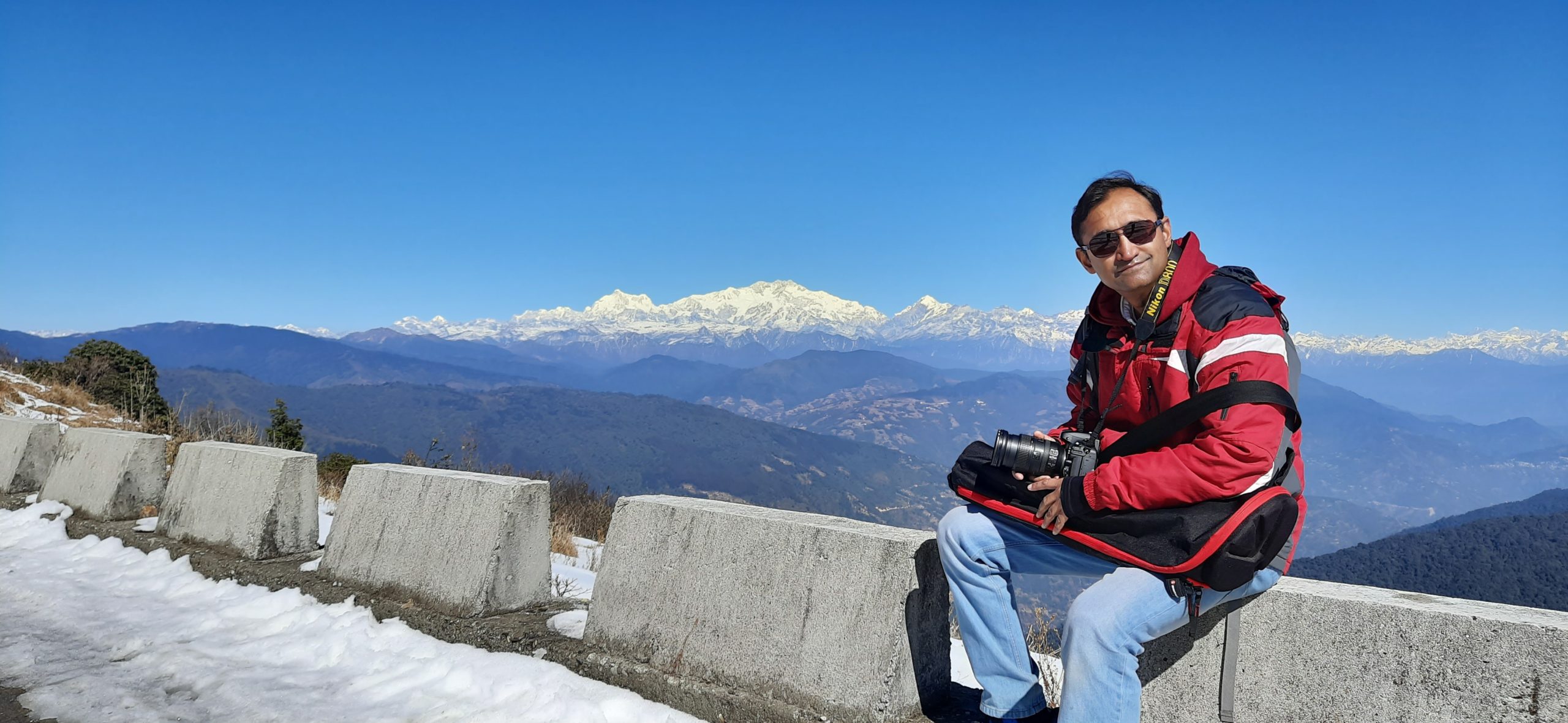



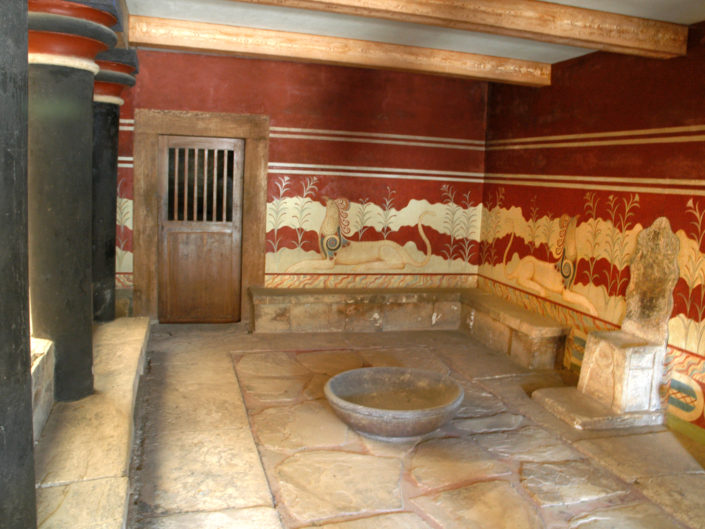
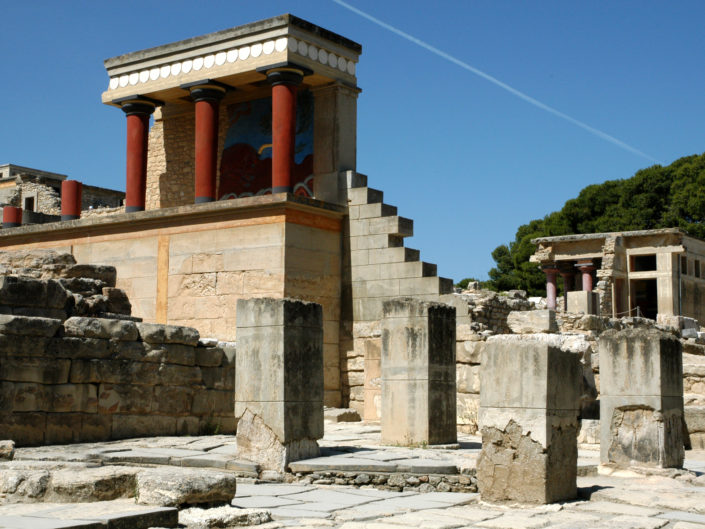
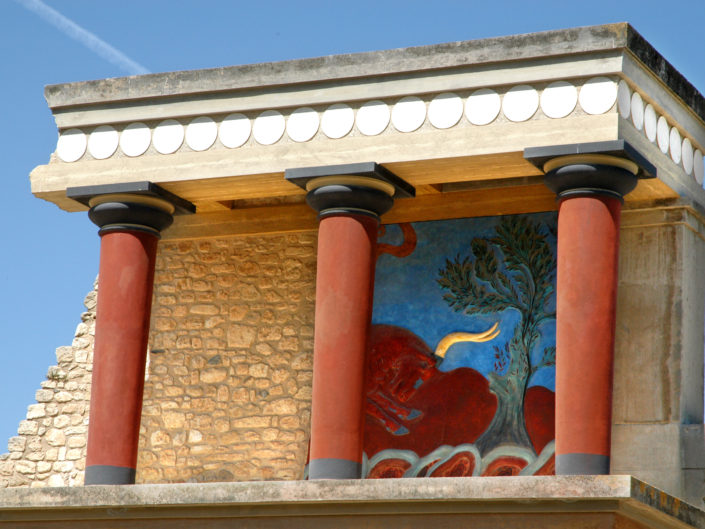
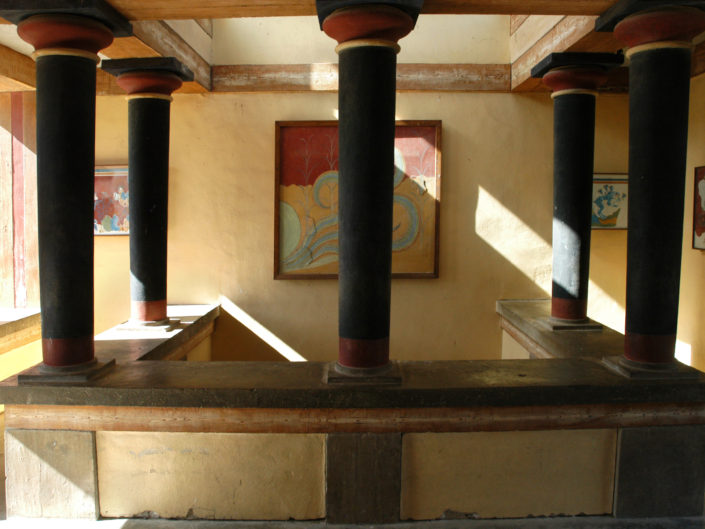
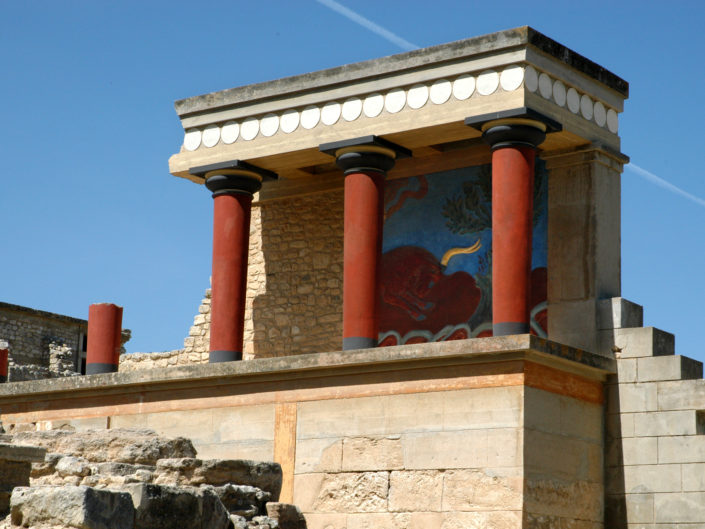
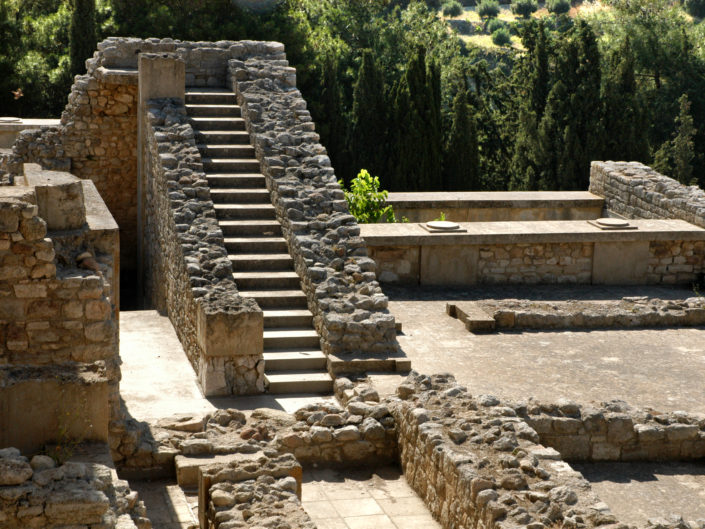
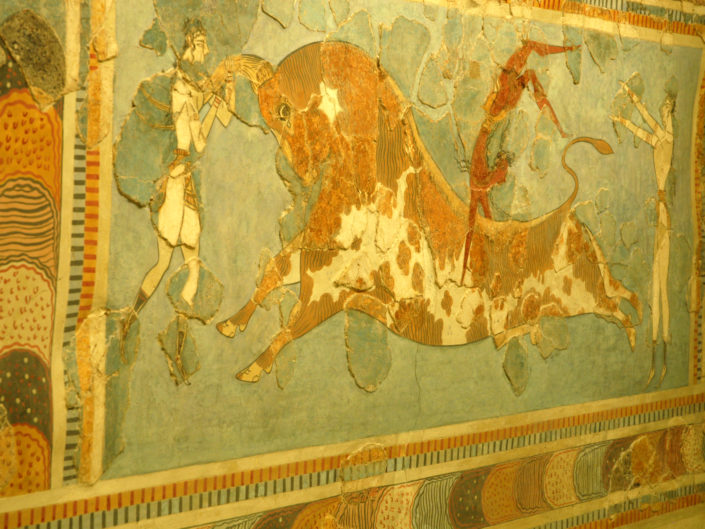
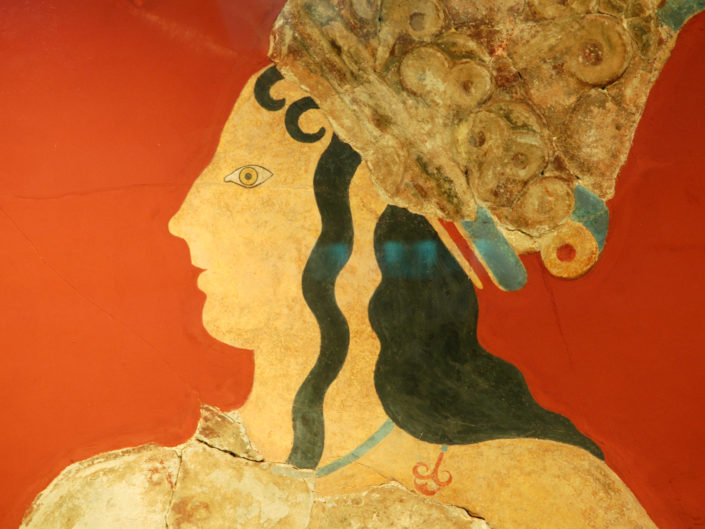

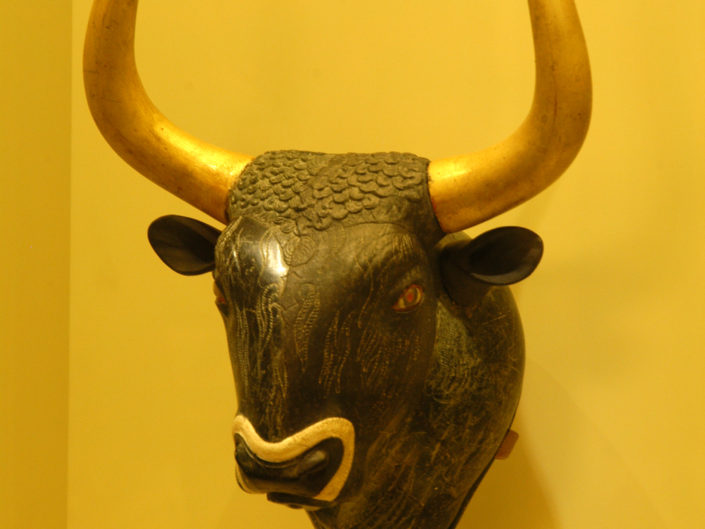

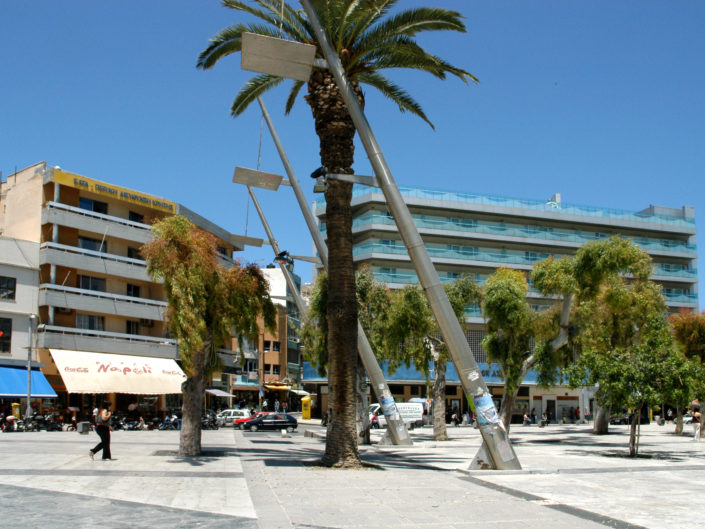
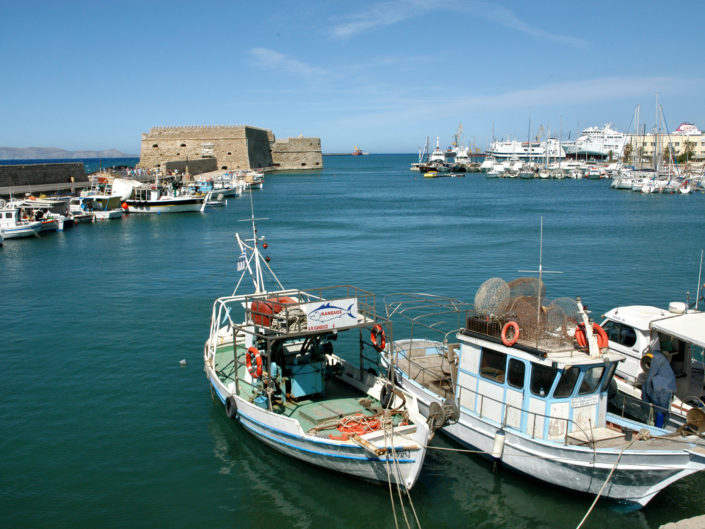
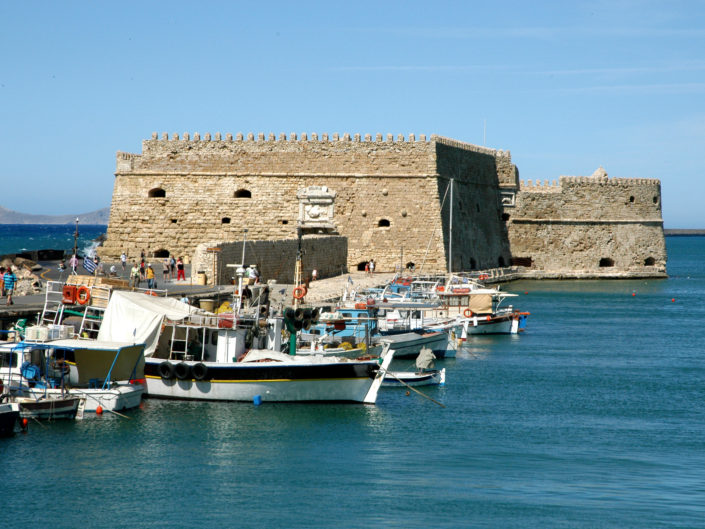
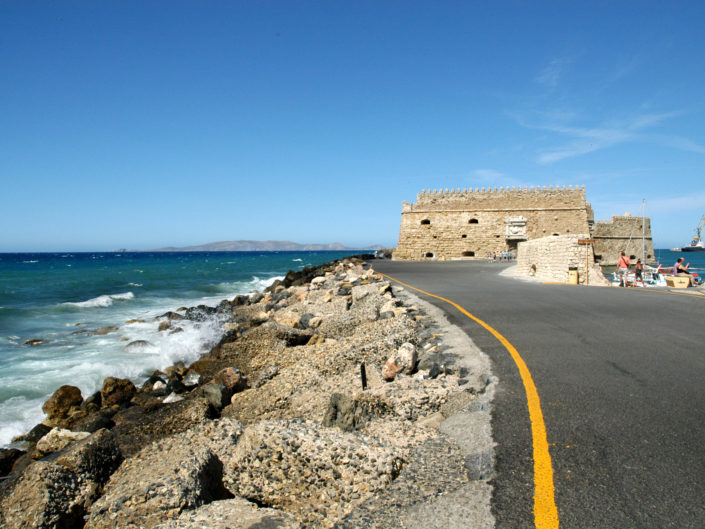
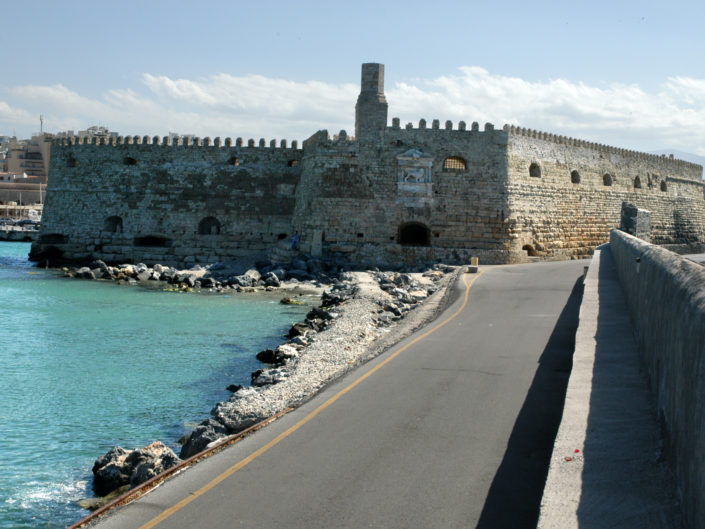






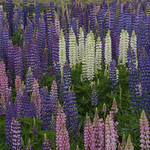

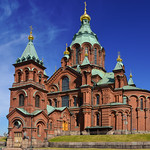






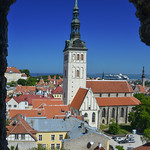

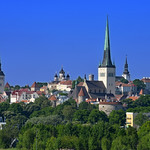


Leave a reply